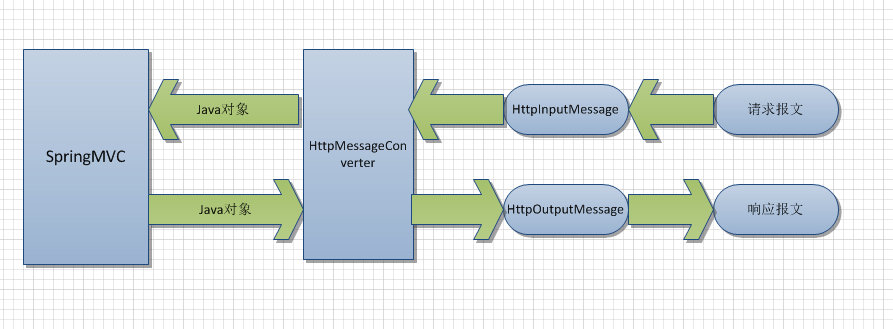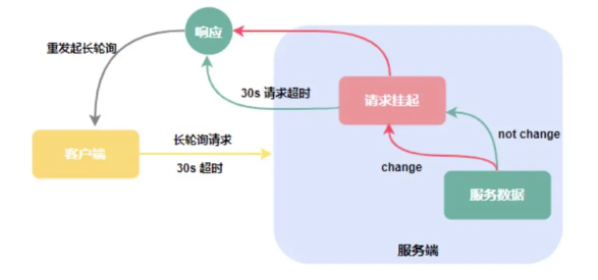Having a JLabel on top of another JLabel that has an image(在另一个具有图像的 JLabel 之上有一个 JLabel)
问题描述
Soo I'm trying to make a board game with GUI. I created a JLabel with the player's name and want to use that as a token. Then I made another JLabel that contains the image of the board. I added both the labels onto a boardPanel and right now, the labels are side by side. How do I make it so that instead of it being side to side, the JLabel w/ name is on the JLabel w/ img?
Is there something I should be considering for the panel that contains the two labels? Like a certain Layout Manager?
[just sections of my code]
import java.awt.*;
import javax.swing.*;
public class BoardFrame extends JFrame {
private JPanel mainPanel, boardImgPanel,jPanelSouth,buttonPanel
,cardPanel,statsPanel;
private boardImgLabel;
Player player1;
public BoardFrame() {
//boardPanel and stuff in it
boardImgPanel = new JPanel();
boardImgLabel = new JLabel();
boardImgLabel.setIcon(new ImageIcon("BOARDPICTUREHERE"));
boardImgPanel.add(boardImgLabel);
/////////////////////ADDING PLAYERS/////////////////////
player1 = new Player("Steven", 1,1,1,1,1);
JLabel player1Label = new JLabel(player1.getPlayerName());
boardImgPanel.add(player1Label);
mainPanel = new JPanel(new GridLayout(0, 1));
add(mainPanel);
}
}
something like this but obviously instead of a cat, it's the board image, and the text is the player name.
EDIT
I made a class that extends the jpanel and then wanted to add it into the BoardFrame class
import java.awt.BorderLayout;
import java.awt.Color;
import java.io.File;
import java.io.IOException;
import javax.imageio.ImageIO;
import javax.swing.ImageIcon;
import javax.swing.JLabel;
import javax.swing.JPanel;
public class BoardPanelNorth extends JPanel {
File imageFile = new File("....");
JLabel boardImgLabel = new JLabel();
Player player1;
public BoardPanelNorth() {
setLayout(new BorderLayout());
try {
boardImgLabel = new JLabel(new ImageIcon(ImageIO.read(imageFile)));
boardImgLabel.setLayout(new BorderLayout());
player1 = new Player("Steven", 1,1,1,1,1);
JLabel player1Label = new JLabel(player1.getPlayerName());
player1Label.setFont(player1Label.getFont().deriveFont(128f));
player1Label.setHorizontalAlignment(JLabel.RIGHT);
player1Label.setVerticalAlignment(JLabel.BOTTOM);
player1Label.setForeground(Color.WHITE);
add(boardImgLabel);
} catch (IOException ex) {
ex.printStackTrace();
}
}
}
Board Frame class:
import java.awt.*;
import javax.swing.*;
public class BoardFrame extends JFrame {
private JPanel mainPanel, boardImgPanel;
private JSplitPane splitPane;
public BoardFrame() {
boardImgPanel = new BoardPanelNorth();
//split plane
splitPane = new JSplitPane(JSplitPane.VERTICAL_SPLIT,
new JScrollPane(boardImgPanel), jPanelSouth);
splitPane.setDividerLocation(470); //top size
splitPane.enable(false); //cant adjust
mainPanel = new JPanel(new GridLayout(0, 1));
mainPanel.add(splitPane);
add(mainPanel);
}
}
Player Steven still does not seem to appear on the map.
You could make use of an OverlayLayout or you could simply add the second JLabel to the first. The trick here though, is to set up a layout manager for the first label.
Beware though, a JLabel only use the icon and text properties its determine the preferred layout size, which could end up truncating it's children
import java.awt.BorderLayout;
import java.awt.Color;
import java.awt.EventQueue;
import java.io.File;
import java.io.IOException;
import javax.imageio.ImageIO;
import javax.swing.ImageIcon;
import javax.swing.JFrame;
import javax.swing.JLabel;
import javax.swing.JPanel;
import javax.swing.UIManager;
import javax.swing.UnsupportedLookAndFeelException;
public class Test {
public static void main(String[] args) {
new Test();
}
public Test() {
EventQueue.invokeLater(new Runnable() {
@Override
public void run() {
try {
UIManager.setLookAndFeel(UIManager.getSystemLookAndFeelClassName());
} catch (ClassNotFoundException | InstantiationException | IllegalAccessException | UnsupportedLookAndFeelException ex) {
ex.printStackTrace();
}
JFrame frame = new JFrame("Testing");
frame.setDefaultCloseOperation(JFrame.EXIT_ON_CLOSE);
frame.add(new TestPane());
frame.pack();
frame.setLocationRelativeTo(null);
frame.setVisible(true);
}
});
}
public class TestPane extends JPanel {
public TestPane() {
setLayout(new BorderLayout());
try {
JLabel background = new JLabel(new ImageIcon(ImageIO.read(...)));
background.setLayout(new BorderLayout());
JLabel text = new JLabel("I'm just drawn this way");
text.setFont(text.getFont().deriveFont(128f));
text.setHorizontalAlignment(JLabel.RIGHT);
text.setVerticalAlignment(JLabel.BOTTOM);
text.setForeground(Color.WHITE);
background.add(text);
add(background);
} catch (IOException ex) {
ex.printStackTrace();
}
}
}
}
这篇关于在另一个具有图像的 JLabel 之上有一个 JLabel的文章就介绍到这了,希望我们推荐的答案对大家有所帮助,也希望大家多多支持编程学习网!
本文标题为:在另一个具有图像的 JLabel 之上有一个 JLabel


- 转换 ldap 日期 2022-01-01
- 未找到/usr/local/lib 中的库 2022-01-01
- 如何使 JFrame 背景和 JPanel 透明且仅显示图像 2022-01-01
- 将 Java Swing 桌面应用程序国际化的最佳实践是什么? 2022-01-01
- 如何指定 CORS 的响应标头? 2022-01-01
- 获取数字的最后一位 2022-01-01
- Eclipse 的最佳 XML 编辑器 2022-01-01
- GC_FOR_ALLOC 是否更“严重"?在调查内存使用情况时? 2022-01-01
- java.lang.IllegalStateException:Bean 名称“类别"的 BindingResult 和普通目标对象都不能用作请求属性 2022-01-01
- 在 Java 中,如何将 String 转换为 char 或将 char 转换 2022-01-01









